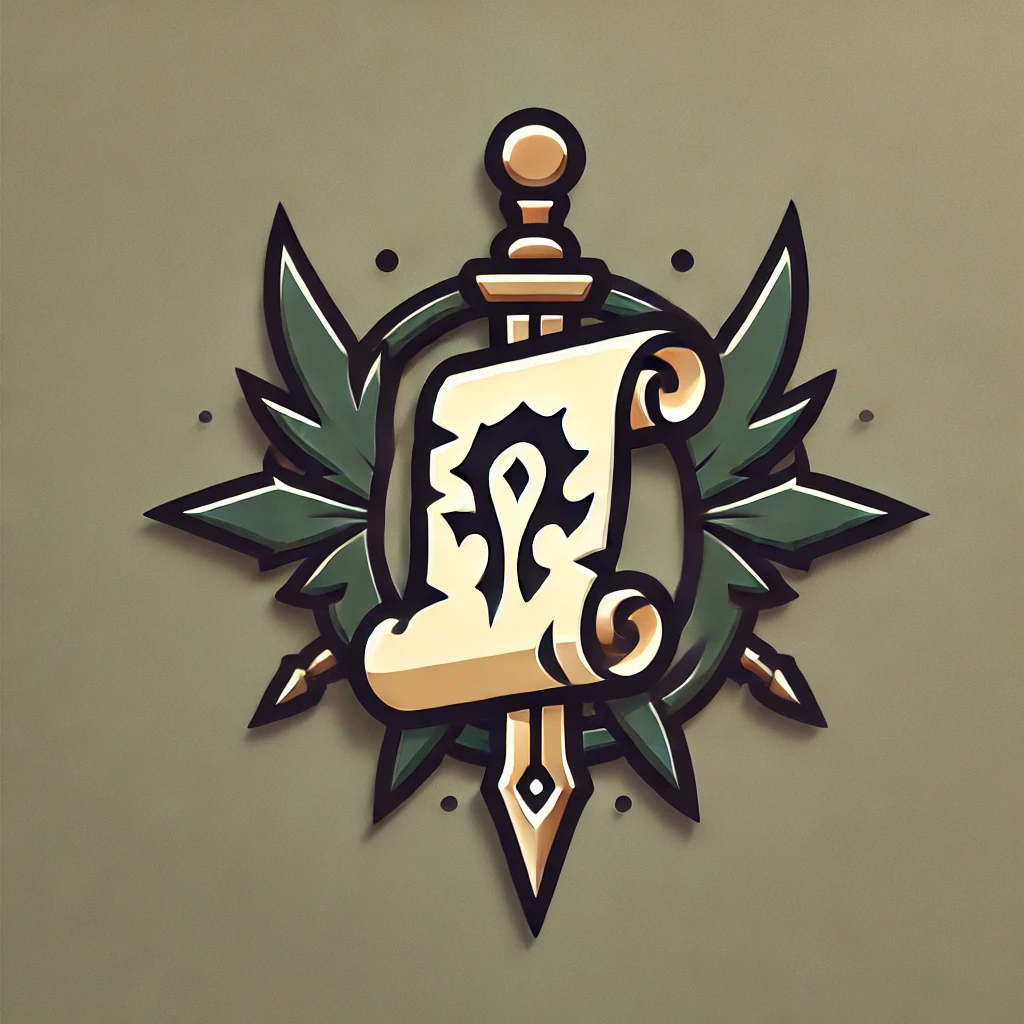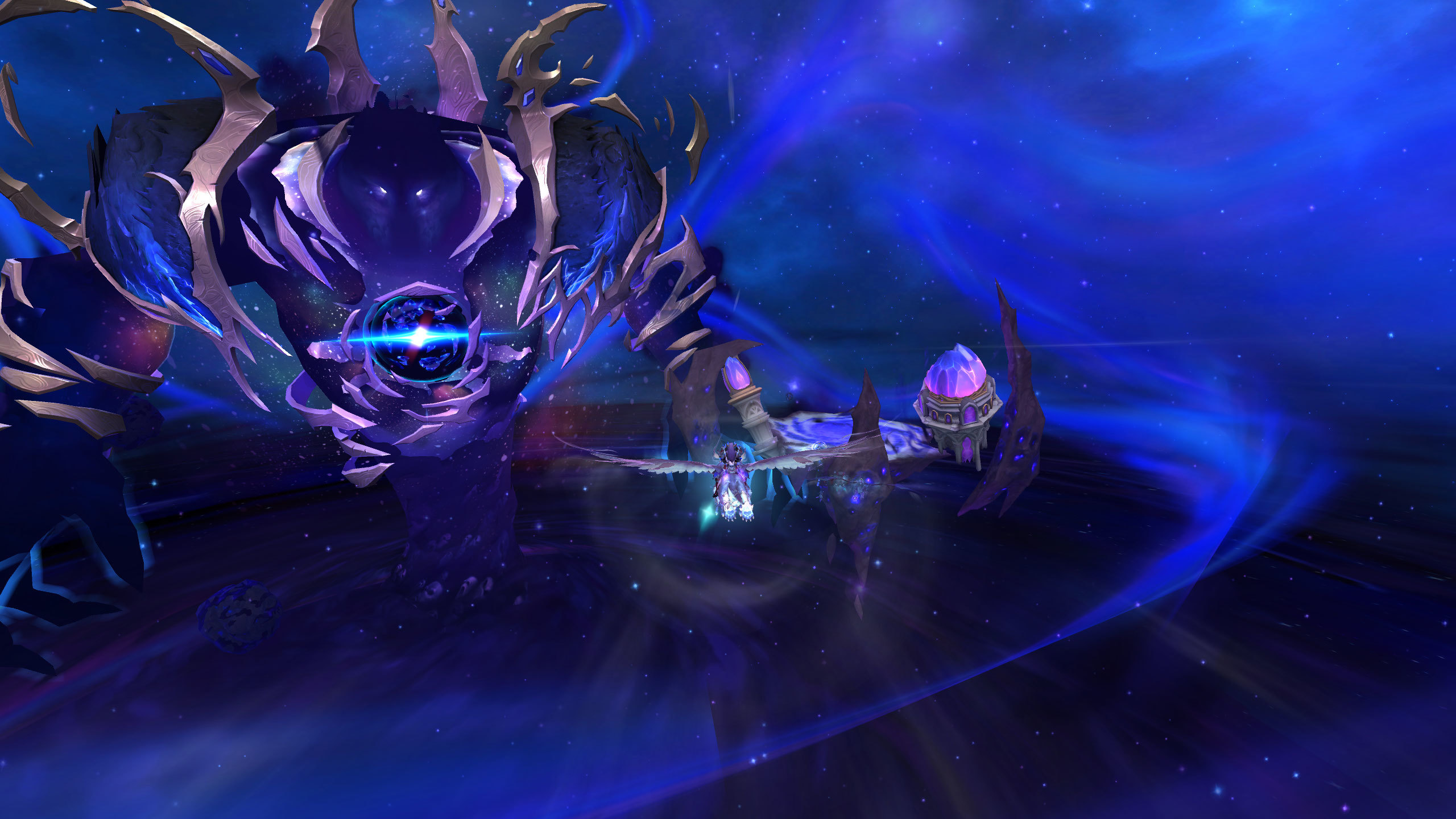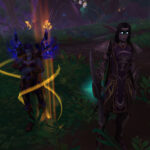World of Warcraft raids have stood as milestones in the MMO genre since the game’s launch, setting standards for scale, design, and community engagement. From Molten Core in Classic to the cinematic encounters of modern expansions, raids redefined how players approach teamwork, strategy, and progression. Their influence stretches beyond WoW itself, inspiring countless other games to adapt similar systems.
What makes WoW’s raids legendary isn’t just their mechanics but the culture they created. Guilds formed around raiding schedules, friendships were forged in victory and defeat, and the pursuit of rare loot became a shared passion. This model has shaped how MMOs—and even games outside the genre—deliver cooperative content to their players.
The Birth of Large-Scale Raiding
When WoW launched, 40-player raids like Molten Core and Blackwing Lair offered unprecedented scale. Coordinating dozens of players required organization unlike anything the MMO scene had seen before. This challenge created dedicated guild structures, raid leaders, and specialized roles, setting the foundation for raiding as an endgame staple.

These early raids emphasized community and persistence. Wiping for hours wasn’t just normal—it was expected. The reward of finally downing a boss like Ragnaros created unforgettable moments that defined the early MMO era.
Innovation Through Boss Design
WoW’s raids pushed innovation in encounter design. Instead of simple damage races, bosses required coordination around mechanics like positioning, interrupts, and add management. Encounters such as C’Thun in Ahn’Qiraj and Yogg-Saron in Ulduar became puzzles as much as battles, challenging players to adapt strategies beyond raw damage output.

These innovations influenced other MMOs, which began designing bosses with phases, mechanics, and puzzle-like elements. Even action RPGs and shooters drew inspiration from WoW’s raid model, incorporating large-scale encounters with scripted mechanics.
Accessibility and Raid Sizes
Blizzard gradually adapted raid sizes to fit broader audiences, introducing 10-player raids in The Burning Crusade and later flex modes in Mists of Pandaria. These changes allowed smaller groups to experience epic content without needing massive guilds. The evolution of raid sizes showed how accessibility could expand community engagement without losing challenge.

This shift reshaped the MMO landscape. Other games began offering scalable group content, acknowledging that accessibility was essential for long-term success. WoW’s flexibility kept raiding relevant across multiple expansions, inspiring similar systems in competing titles.
Raiding as Esports and Community Events
The Race to World First (RWF) transformed raiding into a spectator event. Top guilds competed for global recognition, with streams drawing thousands of viewers. This competitive aspect showcased raiding not just as gameplay but as performance, turning boss fights into international events.
This culture of competition spilled into other MMOs and genres, with games designing content specifically for streaming and esports. Raids became more than cooperative experiences—they became stages for community celebration and global rivalry.
The Influence on Other Games
WoW raids shaped the expectations of MMO design for decades. Titles like Final Fantasy XIV, Destiny, and The Division all incorporated raid-like content, drawing directly from Blizzard’s template. Even outside MMOs, large-scale cooperative battles in shooters and RPGs owe their design DNA to WoW.

The influence continues today, as new games launch with raids as central features, proving how enduring WoW’s design has been. The concept of “raiding” has become a genre standard, transcending WoW itself.
- Final Fantasy XIV – Adopted multi-phase boss encounters.
- Destiny – Shooter raids modeled after WoW mechanics.
- Guild Wars 2 – Introduced raid-like content for hardcore players.
Conclusion
WoW raids forever changed the MMO genre, blending scale, challenge, and community into a format that redefined online gaming. Their innovations influenced not just MMOs but gaming as a whole, proving that cooperative storytelling and mechanical depth could captivate millions.
Two decades later, raiding remains the pinnacle of WoW content. The systems it pioneered continue to inspire developers worldwide, ensuring its legacy endures as one of gaming’s most influential achievements.




